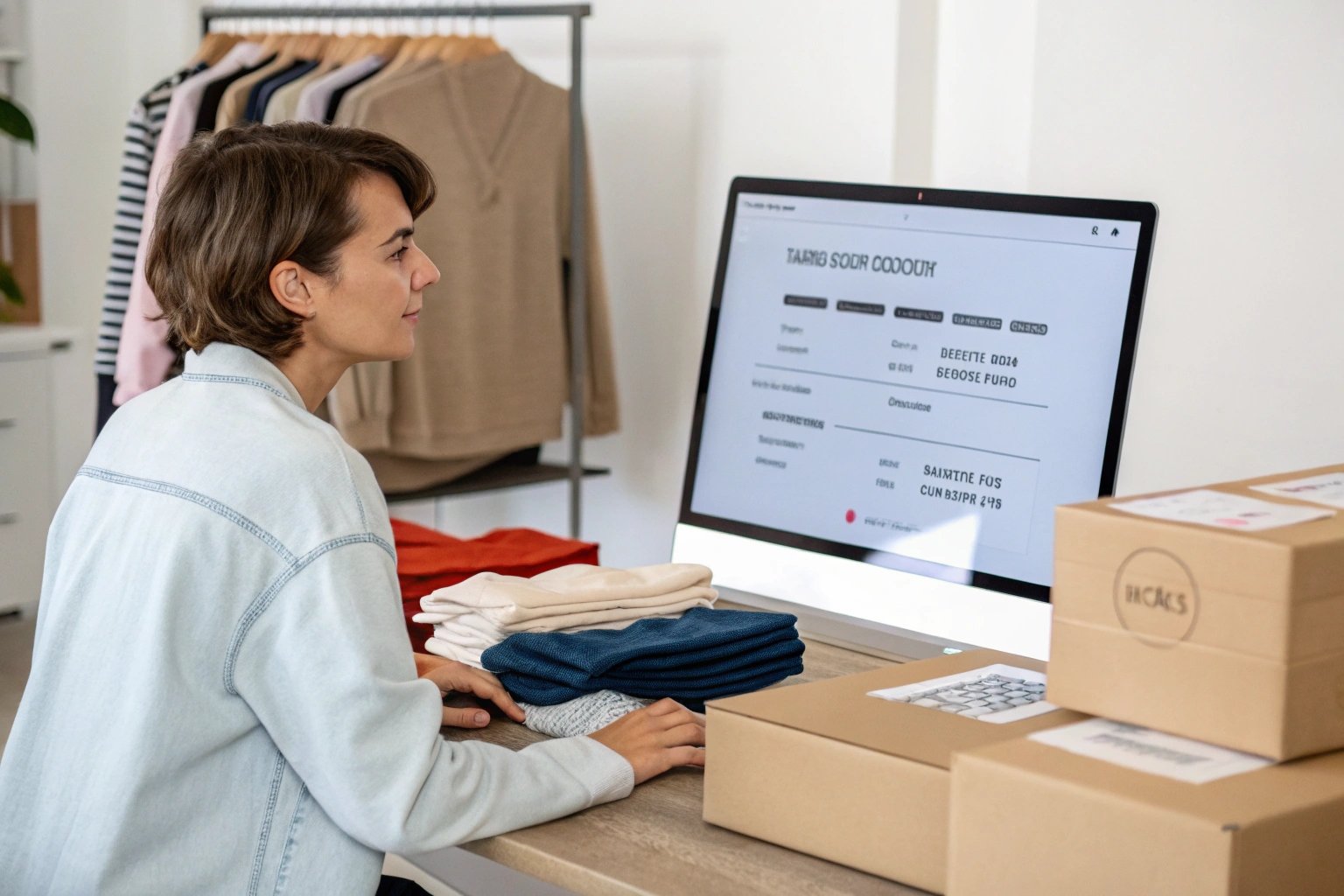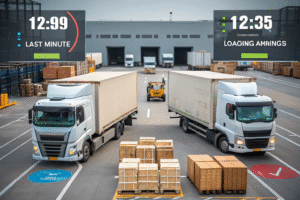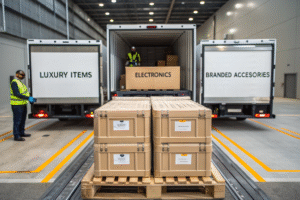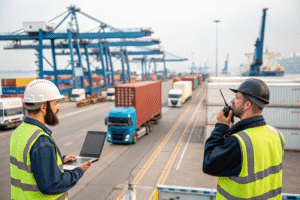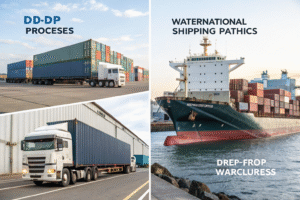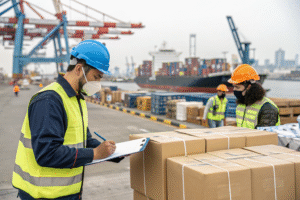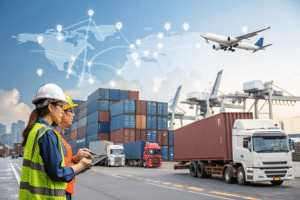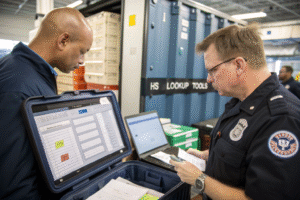Shipping costs are unpredictable. Tariffs are high. Delays at customs hurt cash flow. Many U.S. buyers worry more about hidden fees than product quality.
With DDP (Delivered Duty Paid), we offer one clear, all-inclusive price—shipping, customs, duties, delivery—everything. Even with the 145% U.S. tariff in 2025, we keep costs down and risks off your table.
If you're importing from China, you need cost control, speed, and predictability. That’s why we built our DDP pricing system to serve real business needs, not just move boxes.
What Does "DDP" Really Mean for You?
You may have heard the term DDP before, but few people actually understand how much it can impact your business.
DDP, or Delivered Duty Paid, means we handle everything—from pickup at the factory in China to final delivery to your U.S. warehouse, including customs and duties. You pay one fixed price. No surprises.
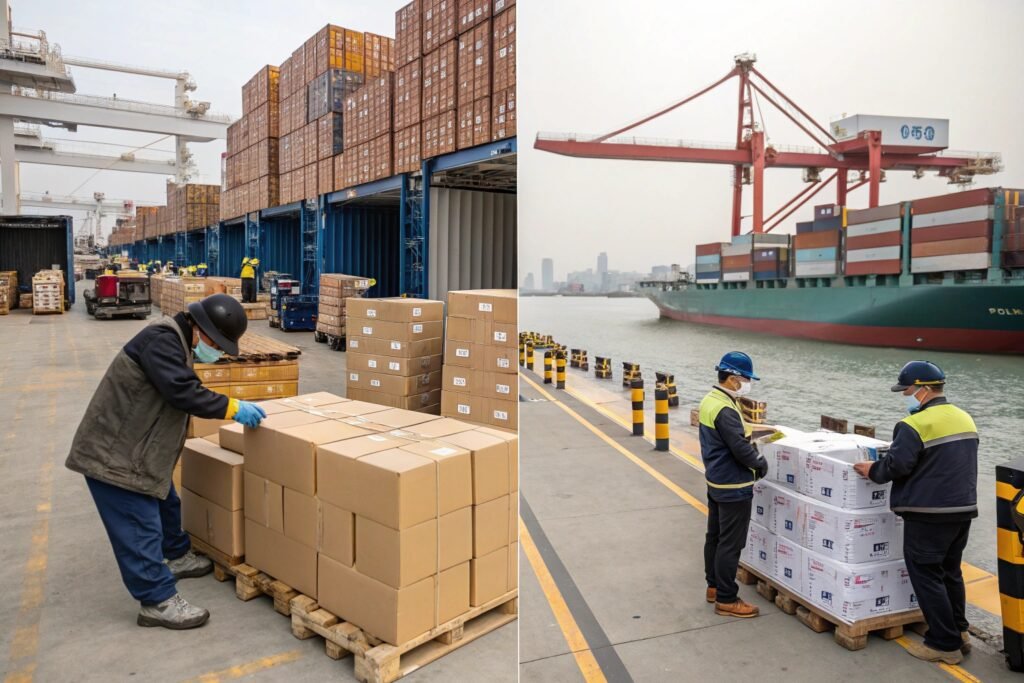
Why is DDP[^1] better than DAP or FOB for U.S. importers?
DAP and FOB leave too many gaps. With DAP, you handle customs in the U.S. and pay duties yourself. FOB ends at the port in China. Both create more work, more phone calls, and often more fees.
With DDP, we take full control. I’ve had clients switch from DAP to DDP and instantly cut delays by half. You’ll also save on broker fees[^2], avoid incorrect tariff classifications, and dodge port storage charges.
How do you manage customs clearance[^3] under DDP?
We use licensed agents in major U.S. ports who know exactly how to handle your HS codes and product categories. They pre-file entries, pay duties on our behalf, and release shipments fast.
Here's how it works in practice:
| Step | Who Handles It | Under DDP |
|---|---|---|
| Pickup from Factory | GeeseCargo | ✅ |
| Export Customs in China | GeeseCargo | ✅ |
| Freight to U.S. | GeeseCargo | ✅ |
| Import Clearance in U.S. | GeeseCargo | ✅ |
| Duty Payment | GeeseCargo | ✅ |
| Final Delivery | GeeseCargo | ✅ |
All this happens under one invoice. That's how we shield you from surprises.
[^1]: Explore the benefits of DDP to understand how it simplifies the import process and reduces costs.
[^2]: Discover ways to minimize broker fees in shipping, which can lead to significant savings for your business.
[^3]: Learn about customs clearance under DDP to see how it can expedite your shipping process and reduce delays.
How Can We Offer Competitive DDP Pricing Despite 145% U.S. Tariffs?
A 145% import duty sounds scary. For many categories, especially textiles and accessories, it can kill profit margins overnight. But we’ve found ways to help our clients stay competitive.
We negotiate bulk shipping contracts, use bonded zones, and optimize declaration strategies to control tariff exposure. We also rely on a wide network of U.S. agents who minimize storage and handling costs.
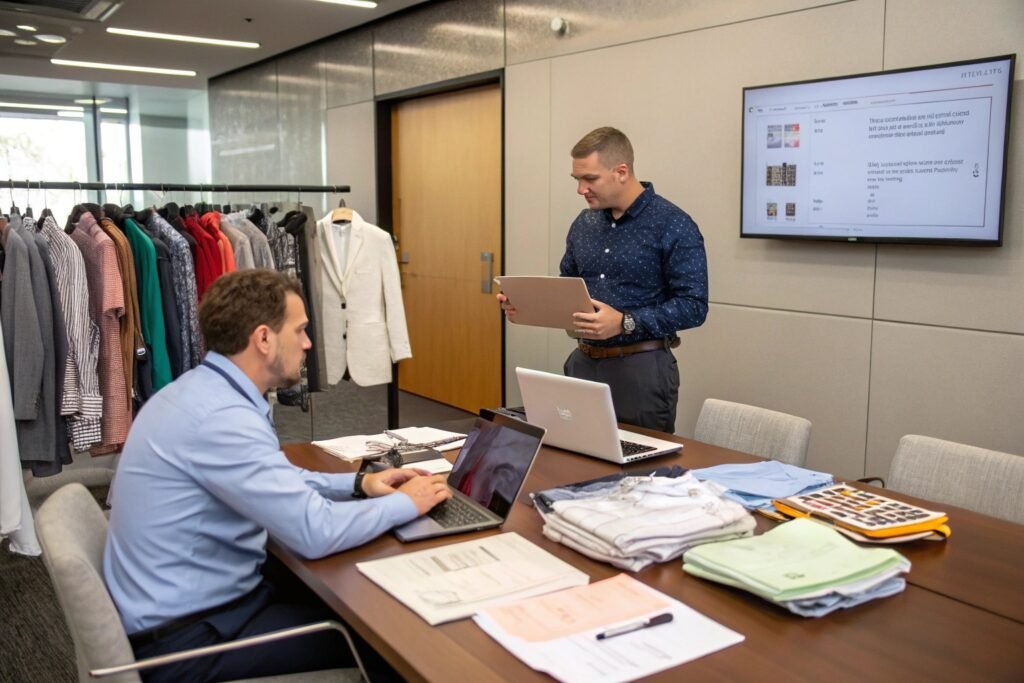
How do we keep DDP rates predictable?
First, we work directly with shipping lines and carriers to lock in stable rates. That means fewer price jumps when demand spikes.
Second, we use bonded warehouses[^4] in China and the U.S. to regroup shipments. This allows better container utilization and split declarations that match the law but cut excess costs.
Can you really reduce tariff risks?
We don’t dodge taxes—we stay compliant. But we do help clients classify goods correctly[^5], claim exemptions when available, and avoid over-declaring.
For example, one client importing hats thought the duty was 145%. But after we reclassified the product using the right HS code[^6], it dropped to 18.7%. We handled this via our customs team in Long Beach, and saved the client over $18,000.
We also monitor U.S. policy changes daily. So if something changes—we're already on it.
[^4]: Explore how bonded warehouses can optimize shipping costs and improve efficiency in logistics.
[^5]: Learn the importance of accurate goods classification to save on tariffs and ensure compliance with customs regulations.
[^6]: Understanding HS codes can significantly impact your shipping costs and compliance, making it essential for importers.
What Are the Hidden Costs of Not Using DDP?
A lot of buyers avoid DDP because they think they’re saving money. But the truth is, the costs you don’t see are often the ones that hurt the most.
Without DDP, you risk delays at the port, surprise customs bills, extra brokerage fees, demurrage charges, and even returned goods. These can add up fast—and kill trust with your own clients.
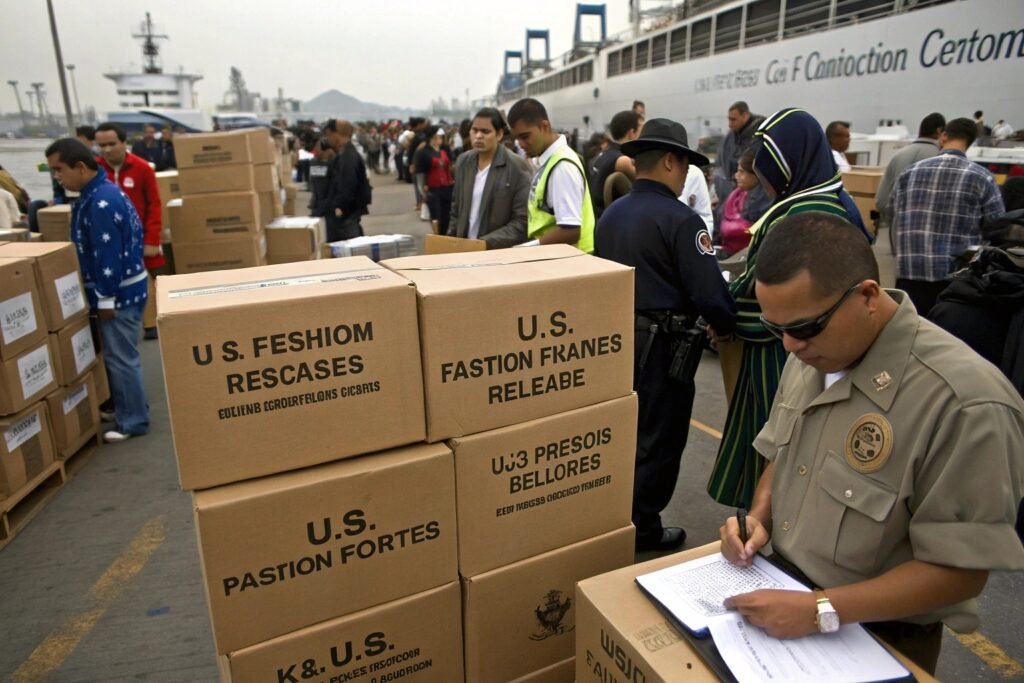
What common problems happen without DDP?
Let me give you a few real examples:
- A buyer didn’t declare FDA-required documents for skincare items. Goods were held 12 days. Cost: $3,500 in storage and lost sales.
- Another had a 10-day delay due to wrong tariff code on T-shirts. Customs charged penalties and held the cargo.
- One client even had goods returned because they used a broker who didn’t know textile regulations.
With DDP, none of that happens. We plan ahead. We use the correct codes. We file before arrival. We deliver with no extra steps needed.
How do extra fees damage your bottom line?
Here’s a rough breakdown of extra charges[^7] many buyers face without DDP:
| Hidden Charge | Avg. Cost | Cause |
|---|---|---|
| Port Storage (Demurrage) | $300–$800 | Late customs release[^8] |
| U.S. Broker Fee | $150–$300 | Third-party clearance |
| Incorrect HS Code | $500–$2,000 | Wrong duty or fine |
| Delivery Reattempt | $100+ | Missed or unplanned drop |
In contrast, DDP means all these risks are already covered. That’s why we call it worry-free logistics.
[^7]: This link will provide insights into how hidden fees can impact your overall logistics budget and strategies to avoid them.
[^8]: Understanding the factors that lead to customs delays can help you avoid costly mistakes in your shipping process.
How Can GeeseCargo Help You Get Started with DDP?
Some importers worry that switching to DDP is complicated. It’s not. In fact, we do most of the work. You just tell us your factory’s contact and delivery address—we do the rest.
We offer competitive DDP quotes within 12 hours. You get fast response, accurate landed cost, and real tracking—all from one team.

What’s our process for a new DDP client?
Here’s how we onboard new buyers like Ron in the U.S.:
- Inquiry: Send product details and destination.
- Quotation: We send full DDP rate[^9] (includes duty).
- Booking: You confirm, and we contact the factory.
- Pickup & Shipping: We manage the full process.
- Delivery: You receive goods at your door—duty paid.
It’s simple, fast, and transparent. Our U.S. support team keeps you updated at every step.
How do we stay responsive and competitive?
We use WhatsApp, WeChat, and email—whichever you prefer. You’ll be speaking with a real person, not a bot. Our operations managers are trained to solve problems fast.
We also track lane-specific pricing[^10] and share tips with you. For example, when U.S. West Coast ports had congestion, we rerouted shipments through Houston and avoided 10-day delays. That’s the kind of flexibility DDP gives you.
[^9]: Understanding DDP rates is crucial for cost-effective shipping. Explore this link to learn more about DDP rates and their implications.
[^10]: Lane-specific pricing can significantly impact shipping costs. Discover how it works and why it matters for your business.
Conclusion
In 2025, smart importers don’t gamble with shipping—they go DDP. With GeeseCargo, you get transparent pricing, full control, and peace of mind. No hidden fees. No surprises. Just competitive DDP rates that make your business run better.
